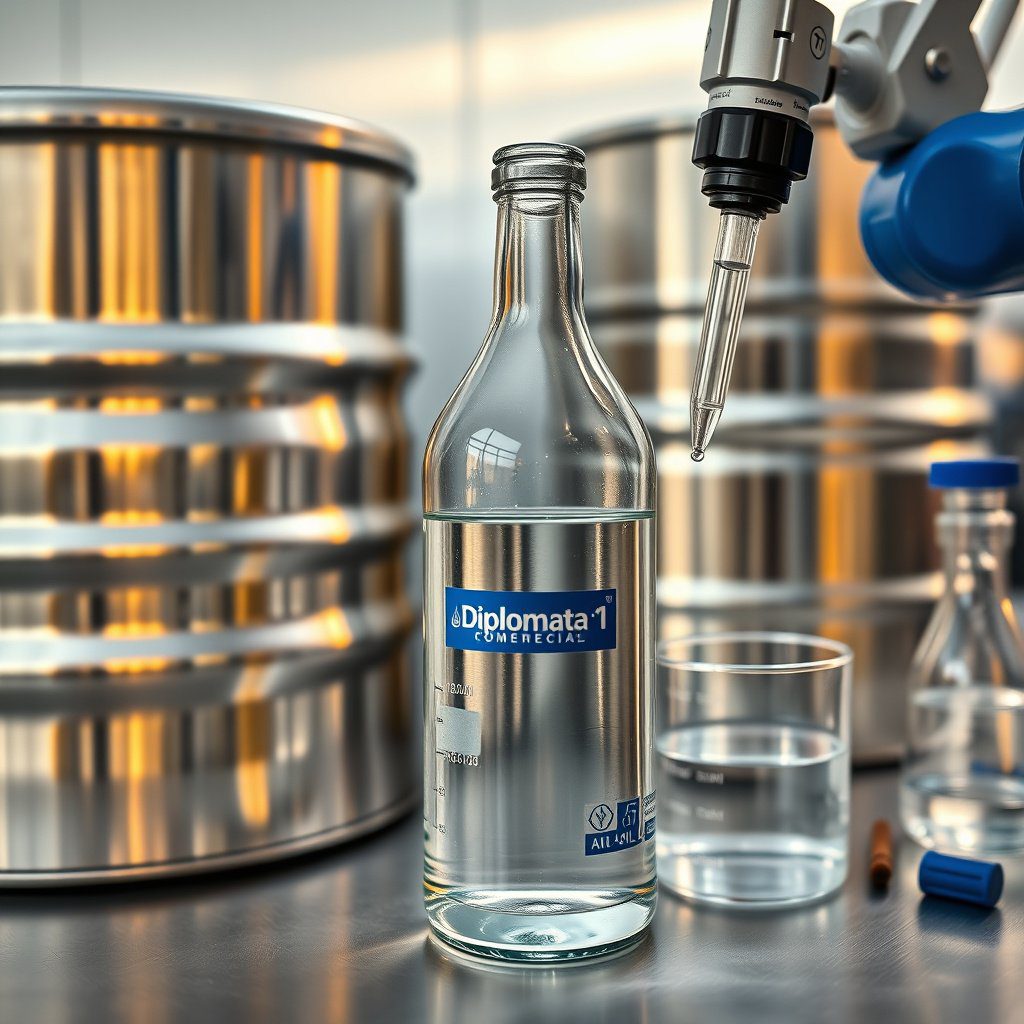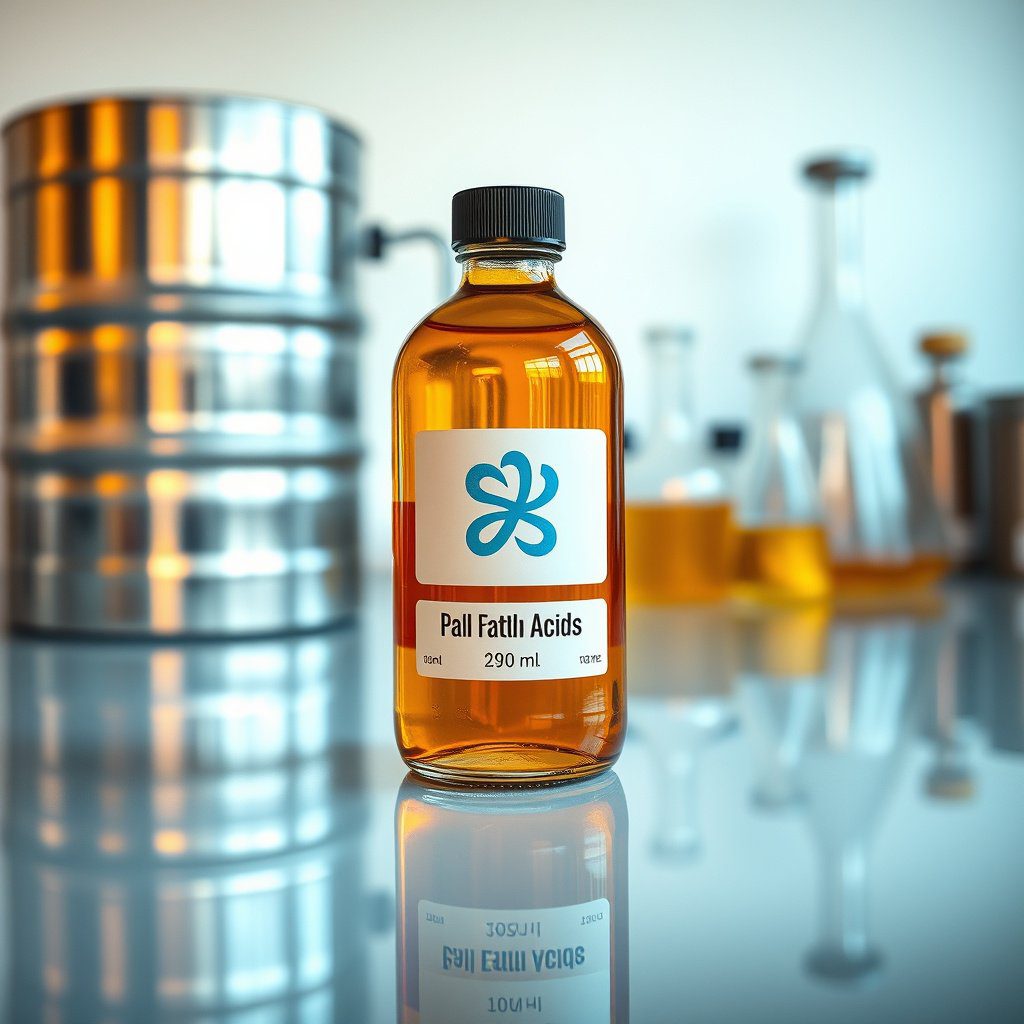Understanding Diethanolamine in Water Treatment
Diethanolamine (DEA) is a versatile chemical compound widely used in various industrial applications, particularly in water treatment processes. This amine is known for its ability to neutralize acidic components in water, thereby enhancing the overall quality and stability of the treated water. By introducing diethanolamine into treatment systems, industries can effectively reduce corrosion and scaling, which are common challenges in water management.
Applications of Diethanolamine in Water Treatment
One of the primary applications of diethanolamine in water treatment is its role as a corrosion inhibitor. The compound forms protective films on metal surfaces, significantly reducing the risk of rust and degradation caused by acidic water conditions. This property is particularly beneficial in industries that rely on water for cooling and processing, where metal integrity is crucial for operational efficiency.
Benefits of Using Diethanolamine
The benefits of using diethanolamine in water treatment extend beyond corrosion prevention. DEA is effective in lowering the formation of harmful deposits and biofilms, which can compromise water quality. Additionally, its high solubility in water allows for easy integration into existing treatment systems, making it an ideal choice for operators looking to enhance their water management practices without extensive modifications.
Diethanolamine Concentrations in Water Treatment
Diethanolamine is available in various concentrations, typically ranging from 85% to 99%. The choice of concentration depends on the specific requirements of the water treatment process. Higher concentrations of DEA can be more effective in aggressive environments where acidic conditions prevail, while lower concentrations may suffice for less demanding applications.
Regulatory Considerations for Diethanolamine
When utilizing diethanolamine for water treatment, it is essential to adhere to regulatory guidelines and safety standards. Various environmental agencies monitor the use of chemicals in water treatment to ensure public safety and environmental protection. Therefore, suppliers and users must be aware of the legal frameworks governing the use of diethanolamine in their respective regions.
Supplier and Exporter Considerations
For businesses looking to procure diethanolamine for water treatment, it is crucial to partner with reputable suppliers who can provide high-purity products. As the leading Brazilian supplier of high-purity amines, Position Diplomata offers diethanolamine in both 85% and 99% concentrations, ensuring that customers receive quality products tailored to their specific applications.
Diethanolamine vs. Other Amines
While diethanolamine is a popular choice in water treatment, it is essential to compare it with other amines such as monoethanolamine (MEA) and triethanolamine (TEA). Each amine has distinct properties and applications; for instance, MEA is often used for gas treatment, whereas TEA is favored for its emulsifying capabilities. Understanding the differences can help industries select the most appropriate amine for their specific needs.
Handling and Safety Precautions
Handling diethanolamine requires adherence to strict safety protocols to mitigate risks associated with chemical exposure. Proper personal protective equipment (PPE) should be worn, and adequate ventilation should be ensured in areas where DEA is stored or utilized. Training personnel on the safe handling procedures of diethanolamine is essential to promote a safe working environment.
Future Trends in Diethanolamine Usage
The demand for diethanolamine in water treatment is expected to grow as industries increasingly prioritize sustainable practices and effective water management solutions. Innovations in chemical formulations and treatment technologies may further enhance the efficacy of diethanolamine, leading to broader applications across various sectors. Staying informed about these trends will enable businesses to adapt and optimize their water treatment strategies accordingly.


